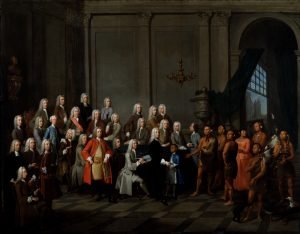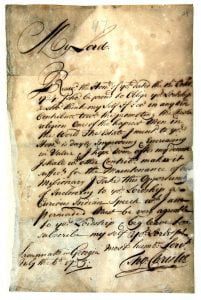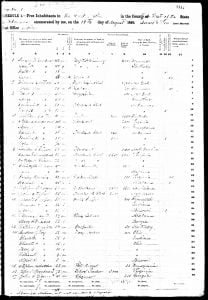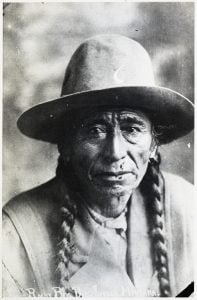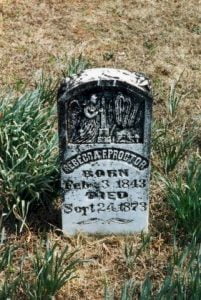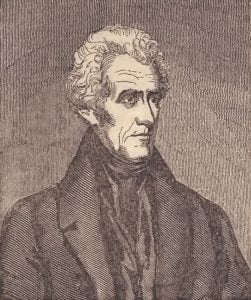History of Silver Creek Nebraska, 1866-1966
Silver Creek, Nebraska, a testament to the enduring spirit of American frontier towns, began its history modestly in 1866. Nestled along the waters of its namesake, Silver Creek, the town’s origins are deeply intertwined with the development of the Union Pacific Railroad, which catalyzed its growth and established it as a pivotal locale in Merrick County. By 1880, Silver Creek was thriving, populated by settlers drawn by agricultural prospects and the burgeoning railroad industry. These early residents, primarily of European descent, built a community that valued hard work, education, and religious life, evidenced by the early establishment of churches and schools. As Silver Creek entered the 20th century, it continued to evolve, maintaining its foundational ties to agriculture and community.




